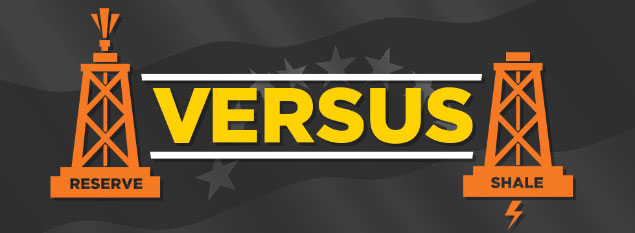
If you sat atop the world’s largest oil reserves, would you need to import gasoline?
If you’re Venezuela, the unfortunate answer is yes.
But your lack of refinery capacity – forcing you to bring in 83,000 barrels of gas per day to meet your citizens’ needs – would be the least of your energy-related problems. You’d also be experiencing a serial decline in crude production: Despite having oil reserves of 297 billion barrels, you’d only be producing 2.623 million barrels per day. Your production is down from 2.99 million barrels per day in 2011 and 3.2 million back in 2005.
